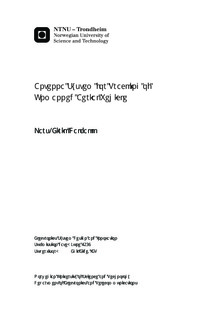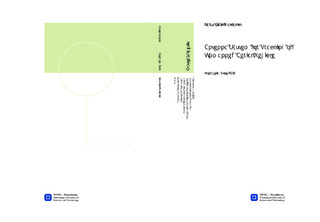| dc.description.abstract | Target tracking is a critical part of any mobile communication system with a directive receiver antenna. Some popular tracking methods use the detected phase difference between signals received by several antennas to find the signal s direction of arrival. The measured direction of arrival is used to adjust the directive antenna s radiation pattern towards the transmitter. Thus, the radio link between the receiver and the transmitter is kept optimal at all times.This thesis presents the design and implementation of a tracking system, that is based on the phase difference between a QPSK modulated signal received at two distinct antennas. The objective of the tracking system were to improve the existing radio link at Andøya Rocket Range, and have a range of 20 km. For this system, the direction of arrival was measured between 60 degrees and 120 degrees angle of arrival, allowing a maximum estimated direction of arrival error of 2 degrees. The tracking algorithm was implemented in NI LabVIEW, with two universal software radio peripherals as receivers.Accuracy measurements of the tracking system were taken in an anechoic chamber, fordifferent power specifications. With a received power of -45.9 dBm and higher, the measured direction of arrival error varied between 0 degrees to 2 degrees, fulfilling the accuracy requirement. At a received power of -56 dBm, the error was between 2 degrees to 7 degrees. Although it did not fulfill the accuracy requirement, the estimation was still within the half power beamwidth of the directive receiver antenna. Thus it was defined as the lower power limit for a functioning tracking system. Assuming that there are no interference or loss due to reflections in the channel, the maximum range of the tracking system is 680 m. Hence, the range requirement of 20 km are not fulfilled. | nb_NO |

